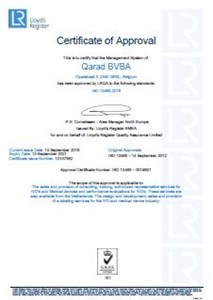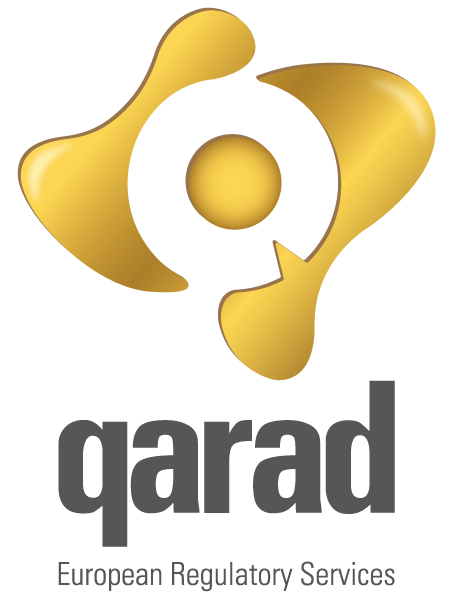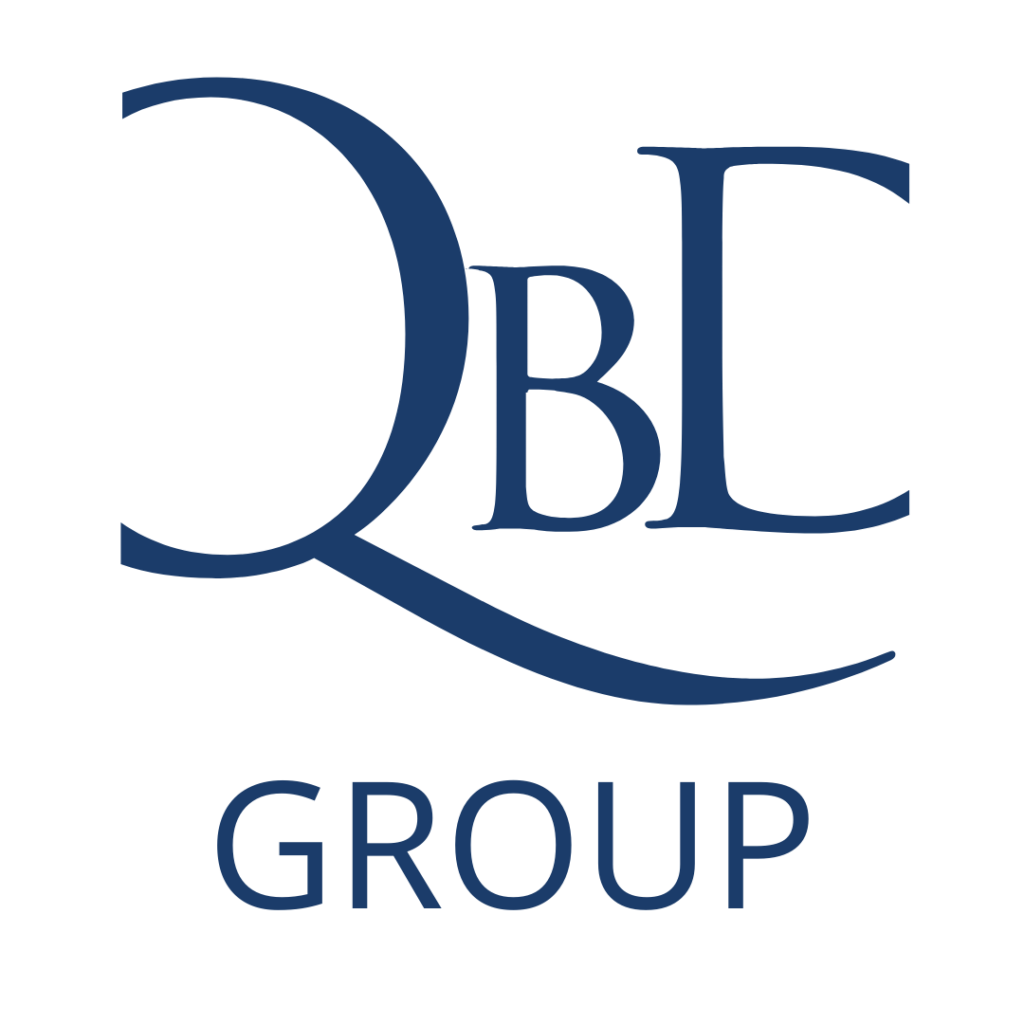QARAD is proud to announce that our Quality Management System has been approved to the « ISO 13485 :2016 Medical devices — Quality management systems — Requirements for regulatory purposes » standard.
Interview with Tom Corstjens, Quality Manager at QARAD.
1. How did you prepare for the transition from ISO 13485:2003 / EN ISO 13485:2012 to ISO 13485:2016?
To prepare for the transition, we started by making a detailed gap analysis, comparing the 2003 and 2016 versions, and assessing each individual process applicable to our organisation’s Quality Management System (QMS). Then we set-up an action plan to address the gaps identified, and for updating the relevant documentation.
We also dedicated a portion of the project’s time to change management to ensure our team was able and ready for what was coming through communication and training. This ultimately empowered process owners in taking the actions needed.
Qarad's ISO 13485:2016 certificate

2. What were the greatest challenges?
Today, there is no common best practice on how to implement the new standard nor are there any lessons learned from the past to reflect on. The many changes in the new version of the ISO 13485 require the necessary creativity to successfully translate theory into practice.
3. Where do you see the greatest hurdles for IVD/MD manufacturers?
The new version includes many significant changes. Key changes include i.a.:
- The incorporation of risk management throughout all processes within the QMS, thus beyond manufacturing alone. Just to illustrate the increased focus on risk, the word risk appears 46 times in the new 2016 version versus only 13 mentions in the previous version.
- The new consistent requirements for software validation of applications used in the QMS. This is a completely new practice that must be integrated into a company’s way of working. Beware that this is not the same as the validation of automated processes during manufacturing but is focussed on applications such as the QMS EDMS platform or the ERP system used, e.g. for product identification and release.
- The embedded regulatory requirements in the standard which should be considered as one integrated package. During your transition audit your Notified Body / Certification Body will assess your regulatory processes such as Post-Market Surveillance, Vigilance etc. Non-compliance to these elements will immediately be considered as a major Nonconformity to the ISO 13485:2016.
4. Why is QARAD ISO13485:2016 certified?
Despite not being an actual IVD manufacturer we provide important services to both the IVD and the MD industry. This certification demonstrates that we are engaged in offering the highest quality services and showcases the competence of our team and organisation.
5. What would you advice to our customers?
Don’t wait until the last moment to plan your transition audit with your Notified Body / Certification Body because their workload has gone up significantly as they will have to certify all MD/IVD industry players. Make sure you are on their list so you don’t end up at the back of the queue.
Each organisation has to balance its priorities, but please don’t underestimate the impact of change on employees. You will need to give individuals time to understand what is changing, and explain why things are changing, before you can successfully implement any action plan defined from your gap assessment. The good news is that the changes also create the opportunity for you to empower your people in offering a greater contribution to the effectiveness of your QMS.
When providing training to companies on the total overhaul of the QMS that stems from this transition, we have seen that this resulted in new insights into, and a better understanding of, the added value of the QMS processes on the overall business.
6. What is the deadline for obtaining ISO 13485:2016 certification?
You have until March 2019 to obtain your new ISO 13485:2016 certificate. Our advice is that you make sure that you have completed your transition audit by the end of 2018 to anticipate resolving any potential non-conformities prior to the transition deadline.

